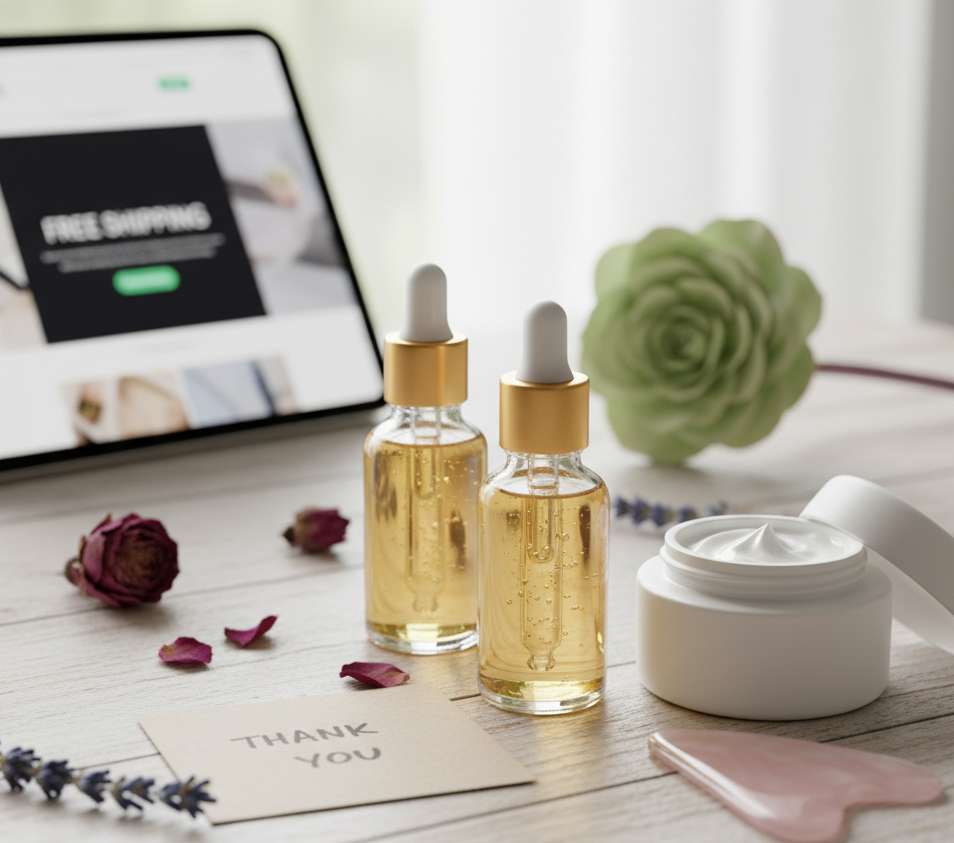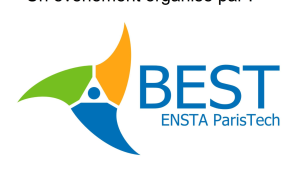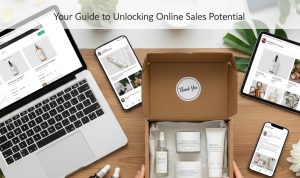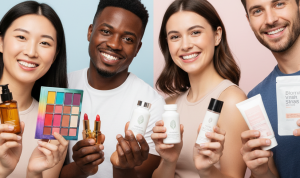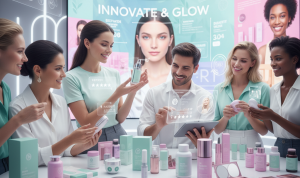In the bustling digital marketplace, few industries are as vibrant and competitive as Health & Beauty Sales. From glowing skincare routines to the latest wellness trends, this sector is a powerhouse of innovation and consumer passion. For businesses looking to thrive, understanding the nuances of the transaction is paramount. It’s not just about selling products; it’s about selling a promise—the promise of a better, healthier, and more confident self. This article delves into the strategies that drive successful sales in this dynamic industry, exploring how to build trust, leverage digital platforms, and create a customer journey that converts.
Building Trust: The Cornerstone of Every Sale
In the Health & Beauty Sales space, trust is the ultimate currency. Consumers are not just buying a product; they are investing in something they will apply to their skin, ingest into their bodies, or use to enhance their well-being. This requires a level of confidence that goes far beyond a typical retail purchase.
Transparency is Key: Be upfront and honest about your ingredients, sourcing, and product benefits. Use clear, accessible language, avoiding overly technical jargon. For example, instead of just saying “hyaluronic acid,” explain what it does—it’s a molecule that helps your skin retain moisture, making it appear plumper and more hydrated.
Social Proof is Powerful: People trust the opinions of their peers more than they do a company’s marketing copy. Leverage user-generated content, testimonials, and authentic reviews. Showcase before-and-after photos, video reviews, and positive feedback on your social media channels and product pages. This not only builds trust but also creates a sense of community around your brand.
Expert Endorsement: Partnering with dermatologists, nutritionists, or fitness professionals can add a layer of credibility. An endorsement from a trusted expert can significantly influence a customer’s purchasing decision, especially for products with a specific health claim.
The Digital Showcase: A Feast for the Eyes and the Mind
The visual nature of the Health & Beauty Sales industry makes it a perfect fit for a strong digital presence. Your website and social media platforms are your storefronts, and they need to be both beautiful and functional.
High-Quality Visuals are Non-Negotiable: Invest in professional photography and videography. Showcase your products in the best light—literally. High-resolution images of your product packaging, textures, and the results they can achieve are essential. For a skincare product, show its application on the skin; for a supplement, show the easy-to-swallow capsules.
Create Engaging Content: Your content strategy should go beyond simply advertising products. Educate your audience with blog posts, articles, and videos. Write about skincare routines, wellness tips, or the science behind your ingredients. A blog post titled “5 Ways to Improve Your Skin’s Glow” can attract organic traffic and position your brand as a helpful resource, not just a seller.
Optimize for Mobile: A significant portion of online shopping now happens on mobile devices. Ensure your website is responsive and provides a seamless experience on smartphones and tablets. Slow loading times or a cluttered interface can lead to high bounce rates and lost sales.
Crafting the Customer Journey: From Discovery to Conversion
The transaction is not a single event; it’s the culmination of a well-designed customer journey. From the moment a potential customer discovers your brand to the final purchase and beyond, every touchpoint matters.
Targeted Marketing is a Game-Changer: Use data to understand your target audience. Are they young adults interested in clean beauty? Or are they older consumers looking for anti-aging solutions? Tailor your ad campaigns, email newsletters, and content to speak directly to their needs and pain points.
Simplify the Purchase Process: A complicated checkout process is a major source of cart abandonment. Offer multiple payment options, enable guest checkout, and ensure the entire process is simple and secure. Displaying trust badges (e.g., McAfee Secure, SSL certificates) can reassure customers that their information is safe.
Post-Purchase Engagement is Crucial: The sale doesn’t end when the product is shipped. Follow up with a personalized email thanking the customer and providing tracking information. Encourage them to share their experience on social media. A well-timed email with a discount code for their next purchase can turn a one-time buyer into a loyal customer.
Navigating the Competitive Landscape: Standing Out from the Crowd
With so many players in the market, standing out requires a unique value proposition.
Emphasize Your Unique Selling Proposition (USP): What makes your brand special? Is it your commitment to sustainability? Your use of rare, ethically sourced ingredients? Your personalized product recommendations? Clearly communicate what sets you apart from the competition.
Leverage Influencer Marketing: Collaborating with micro-influencers who have a dedicated and engaged following can be more effective than a single, large-scale celebrity endorsement. These influencers often have a strong connection with their audience, and their authentic recommendations carry significant weight.
Create a Sense of Urgency and Scarcity: Limited-edition products, special holiday bundles, or exclusive promotions can encourage immediate action. A countdown timer on a product page or an announcement of “only 50 units left” can drive sales by tapping into the fear of missing out (FOMO).
The Power of Analytics: Knowing Your Customer
In the digital age, every click, every view, and every purchase leaves a trail of data. Use this information to your advantage.
Monitor Key Metrics: Track your website traffic, conversion rates, and average order value. Use tools like Google Analytics to understand where your customers are coming from, what pages they are visiting, and where they are dropping off. This data provides invaluable insights for optimizing your marketing and sales strategies.
A/B Testing: Don’t guess what works; test it. A/B testing allows you to compare two versions of a webpage, ad, or email to see which one performs better. Test different product descriptions, call-to-action buttons, or email subject lines to continuously improve your sales funnel.
Conclusion
Selling in the Health & Beauty Sales industry is a marathon, not a sprint. It’s a continuous process of building trust, creating a compelling digital presence, and nurturing customer relationships. By focusing on transparency, leveraging social proof, and crafting a seamless customer journey, businesses can not only drive sales but also build a community of loyal advocates who will champion their brand. The transaction is merely the beginning of a long and beautiful relationship with the customer—a relationship built on the promise of well-being and confidence.

